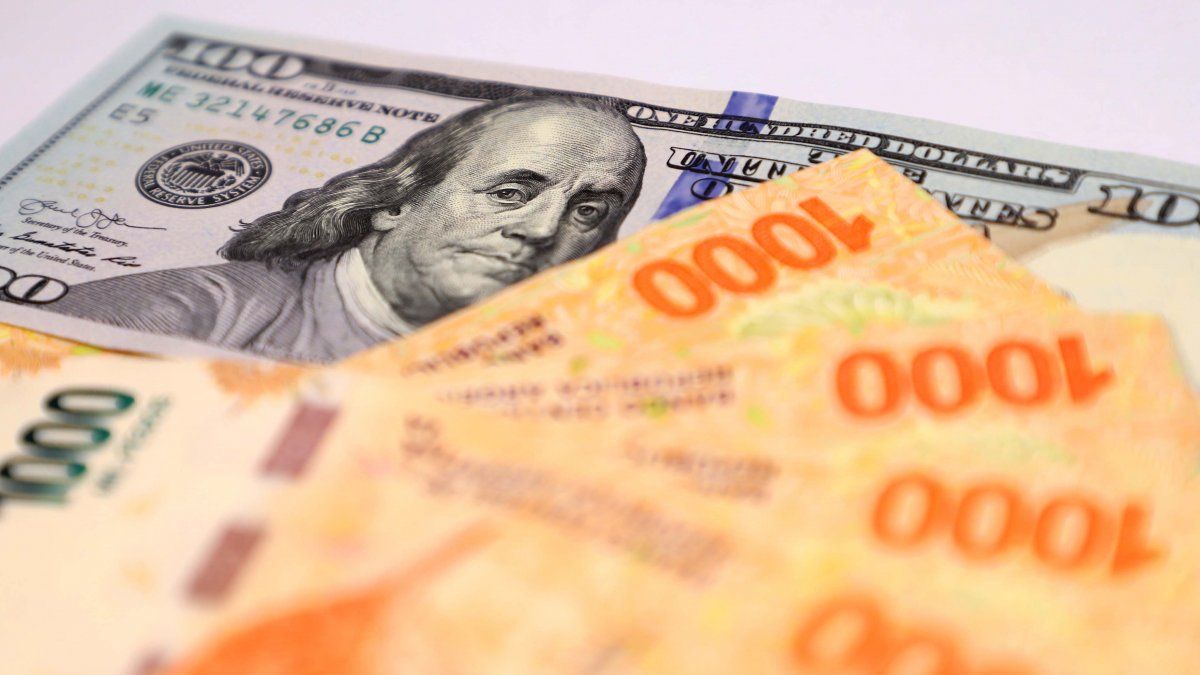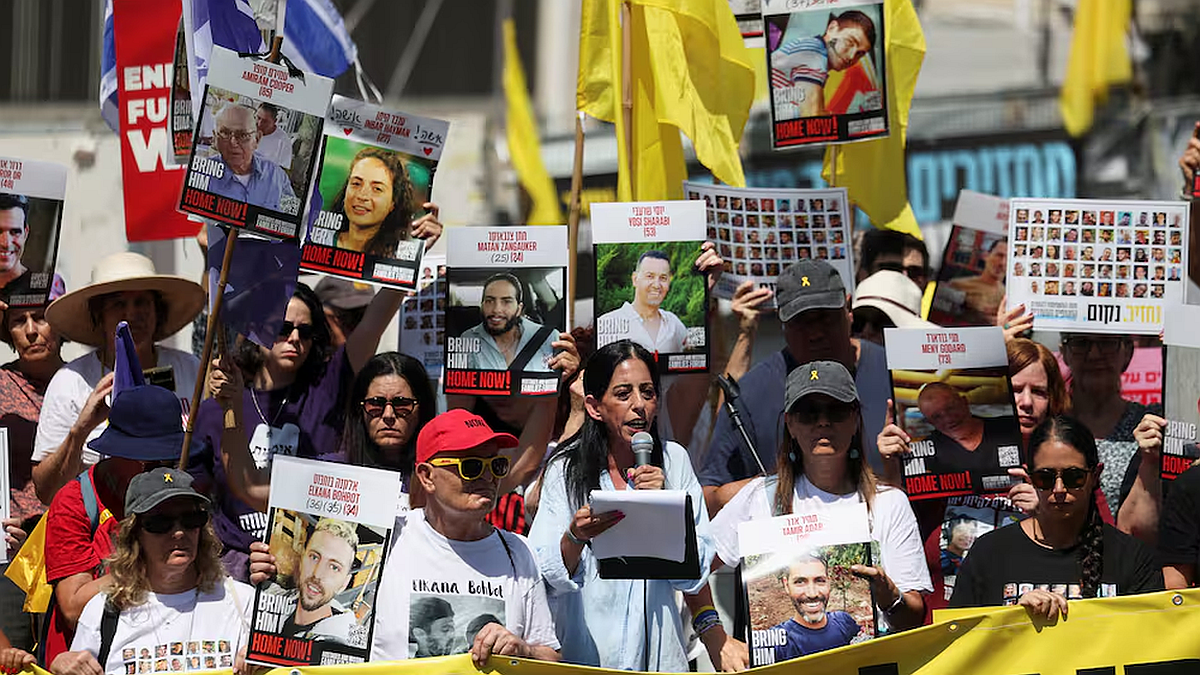The financial system lived a week of high voltage After the disarmament of fiscal liquidity letters (Lefis)one of the main sterilization tools that the Central Bank (BCRA) had been using. In that context, banks They deny having sold dollars to cancel obligations in pesos, as it transcended, but they do observe carefully a dynamic that The productive financing ended up being more expensive. The market expectation will be set on the next tender on Tuesday 29.
The elimination of the Lefis, a decision made on July 10, left an important surplus of pesos that the treasure sought to absorb quickly Under an “emergency tender”, performed six days later.
There, the organism He managed to capture $ 4.7 billionnot only with the objective of removing remote liquidity from the system, but also as a tactic to contain pressures on the exchange rate. To achieve this, The government offered remarkably higher rates than those in the market. For example, the consultant Vector It emphasizes that in the case of the shortest letter (S31L5with expiration at the end of the month), the effective annual rate (ASD) was 42.9%, but financial tensions generated that the treasure has validated a 48.6%yield.
Under this panorama, between Friday and Tuesday following the tender, vector warned that The entire instrument curve in pesos “collapsed” and the Caution rates One day they reached the 80% annualmore steep credit and particularly affecting SMEs.
In that context, versions began to circulate that The banks had come to sell dollars for an alleged need for pesos. However, different banking sources and analysts denied this interpretation.
Financial opportunity
“That the banks ran out of pesos and sold dollars It is a total blues”Said the financial analyst Christian Buter, In dialogue with scope. “The bank is not a business of the neighborhood corner. They are handled in another way. What happened was that they took a financial opportunity, ”he explained.
Sources from an international financial entity also relativized the versions: in the face of scope consultation, they explained that Some entities sold dollars and positioned themselves in pesos at ratecovering with futures offered by BCRA himself. “It was not out of liquidity, but For short -term market incentives”, They said. From this bank they also clarified that they do not perform such operations systematically:“We have another strategy”They stood out.
In turn, another entity pointed out that banks do not have large positions in dollars, nor are they authorized to do sodue to current regulations. “Besides, There are not many possibilities to operate as banks in Monex”He clarified.
Without ignoring the voltage generated in the market, the source indicated that the lowest liquidity felt strongly after the last tender of the treasure, and that “The end of the month complicates the minimum cash demands (lace)”. The proximity of the next tender, scheduled for this Tuesday 29, I could tighten the situation again.
Finally, from the surroundings of another private bank they recognize that “There may have been a timely sale of dollars one day“, Although” like any other operation that closes against rate “, but they ruled out that it has been a generalized strategy of coverage due to peso scarcity.
For burter, the central thing is to understand that The BCRA is migrating to a monetary aggregate systemwhich implies setting the amount of money and letting the rate adjust freely. “That generates greater volatility,” he said. “It is not easy to handle this scheme. The rate, when becoming more volatile, can affect credit, activity and also the exchange rate. The challenge is to see if the economic program supports that volatility, ”concludes the finance specialist.
Thus, as of Wednesday the market also began to notice greater availability of liquidity in the system. As much as the government denies having intervened from the BCRA or the Treasury, The rates began to moderate and were located in a range of between 35% and 40% per year.
However, vector brand, with inflation that travels around 20% per year (according to data from the latest annualized bimester), these percentages imply real rates of the order from 12% to 17%. Not only do they represent a risk because of productive financing, but also presses on fiscal accountssince it requires greater resources to cover interest payment.
Likewise, the objective of stabilizing the exchange rate seemed to have fulfilled. Both the wholesaler and the retailer They closed below $ 1,300quoting $ 1,280 and $ 1,295, respectively.
In this context, says vector, The actual multilateral exchange rate (ITCRM) is located above 115 points Regarding December 10, 2023. “It is a Historically low levelalthough even 13% higher than the average registered during the first quarter of this year, ”concludes Eduardo Hecker’s consultant.
High rates, the brake on credit?
In this context of volatile rates and lower liquidity, credit in pesos began to show signals of exhaustion. According to data from The Ecogo consultancy shared with this medium, based on BCRA figures, The monthly credit growth is slowing down in real terms since August 2024.
In June and July of last year, the total credit grew to 11% and 13% real monthly, respectively. However, from August A sustained decline beganwith rises of just 4.2% to 2.6% between January and March, reaching only 3% in July 2025.
WhatsApp Image 2025-07-25 at 13.55.56
In that sense, the dynamics of consumption loans that, according to Ecogo, since May they exhibit a fall almost linear to mark 0% This month.
On the other hand, both the commercial credit and the real guarantee loans reached 6% of real monthly variation in July, Below the dynamics obtained a year ago and after quite erratic movements during the last twelve months.
Source: Ambito




